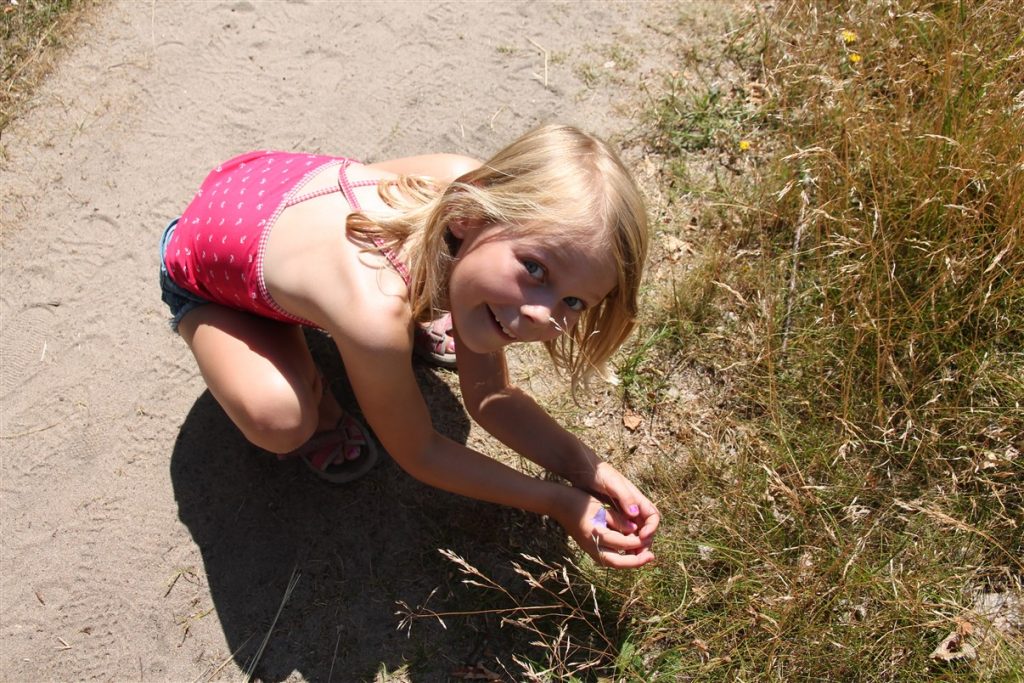Sweden is well-known for its superb nature and wildlife. The country has protected a lot of its natural heritage in no less than 30 national parks, scattered over the whole area of the country, from north to south and from east to west. Those national parks may be one of Sweden’s most important assets, and one of the primary reasons why travelers visit this country (next to its capital Stockholm, and Swedish meatballs I suppose…). While the most spectacular large mammals (including reindeer, moose, brown bear, wolverine, lynx ánd wolf) can be found in the centre (more or less starting just north of Stockholm) and north of the country, they are completely absent in the very south. As a result, the south of Sweden is much less popular with hikers and nature enthousiasts than the centre and north, even though there are other mammals to be found here, such as badgers, roe deer and wild boar. But I suppose these aren’t as appealing to most nature-lovers since they probably can see those in their home country as well… Another argument pro those northern regions and contra the southern ones is the difference in landscape. The northern counties feature dense forests, vast networks of rivers and lakes, mountainous landscapes and/or a sense of vastness, otherworldliness and solitude. The southern counties are flatter, more densely populated and therefore considered less “exotic”.
Many Western European travelers mistakenly believe that the south of Sweden is not worth a visit since they consider it too “ordinary” (i.e. comparable to their home country). They also assume it lacks any noteworthy nature whatsoever. But that is simply a wrong assessment. Even the southernmost area of Sweden, known as Skåne, has its own national parks. The question remains: what makes those parks worthwhile? We visited Stenshuvud NP to find out.
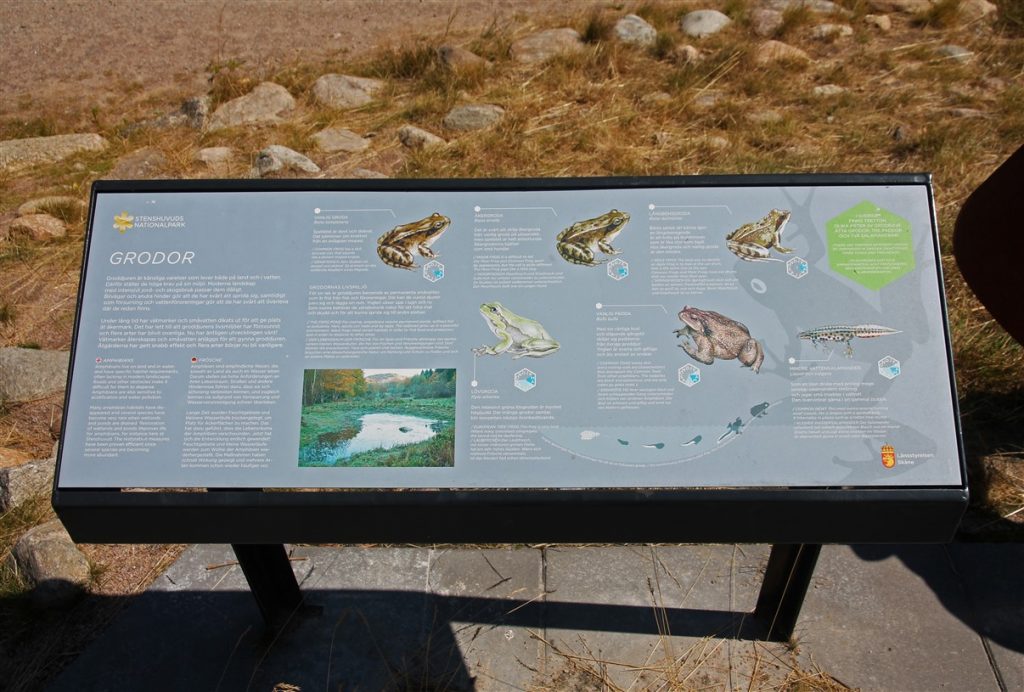
Stenshuvud NP is located on the east coast of Skåne. Together with Dalby Söderskog NP more to the west, it is the southernmost national park of Sweden. What makes Stenshuvud so extraordinary is its remarkable habitat diversity and, as a result, high biodiversity. Due to its southerly location close to the Baltic, the climate in Stenshuvud is also much milder than in any of the other parks. In contrast to what one would expect, there is a height difference of around 100m between the highest and lowest point of this 4km² park, i.e. between Stenshuvud hill and the beach below.

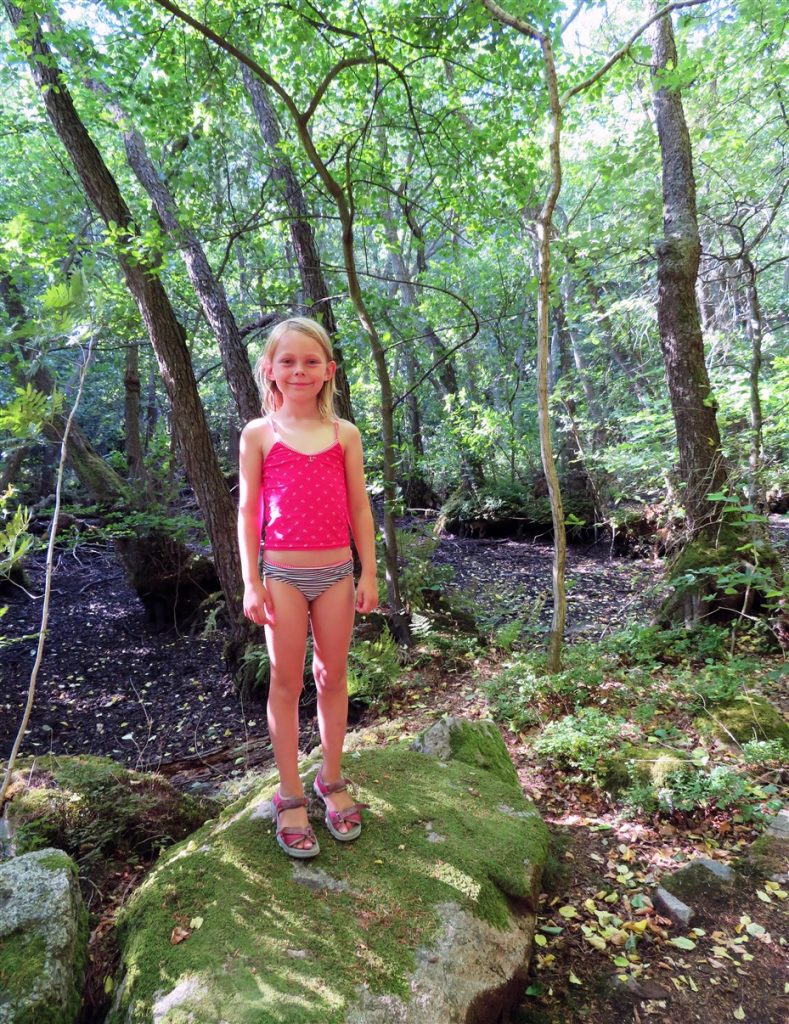
This combination of a warm climate, thanks to the Baltic Sea, considerable topographical differences ànd a variety of habitats, such as broadleaf forest, heaths, meadows, swamps and the beach, has resulted in an exceptional biological diversity. For example, Stenshuvud is home to the rare hazel dormouse, two species of snakes and four species of frogs, including the European tree frog. With over 600 species of vascular plants, including several orchid species, Stenshuvud is also a heaven for botanists.
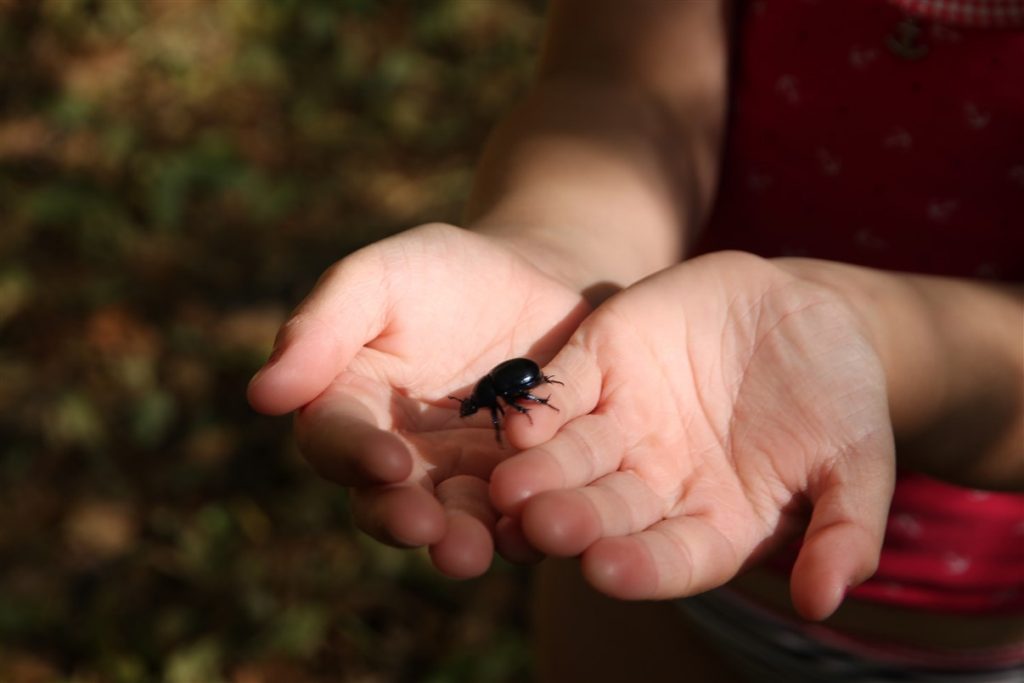

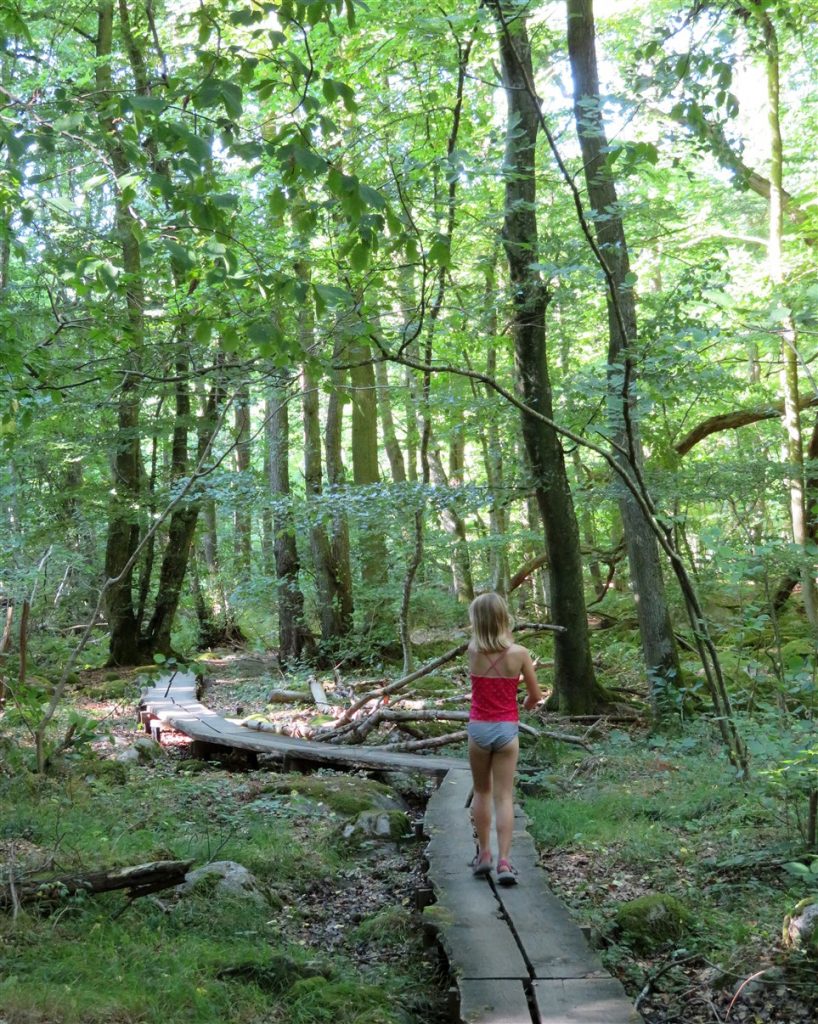
When we visited Stenshuvud (2018), Sweden was suffering from a very hot and dry summer. The swamps had dried up completely and as a result, amphibians were difficult to find. We did spot a small frog in the forest, and unexpectedly quite a few mushrooms as well. Although weather conditions were far from excellent for animal observation, we did enjoy a splendid hike from the car park towards the beach, passing the Stenshuvud lighthouse. We walked through forest, grassland, heathland and dried-up marsh land, climbed over rocks with the Baltic as our backdrop and simply enjoyed every second of it.
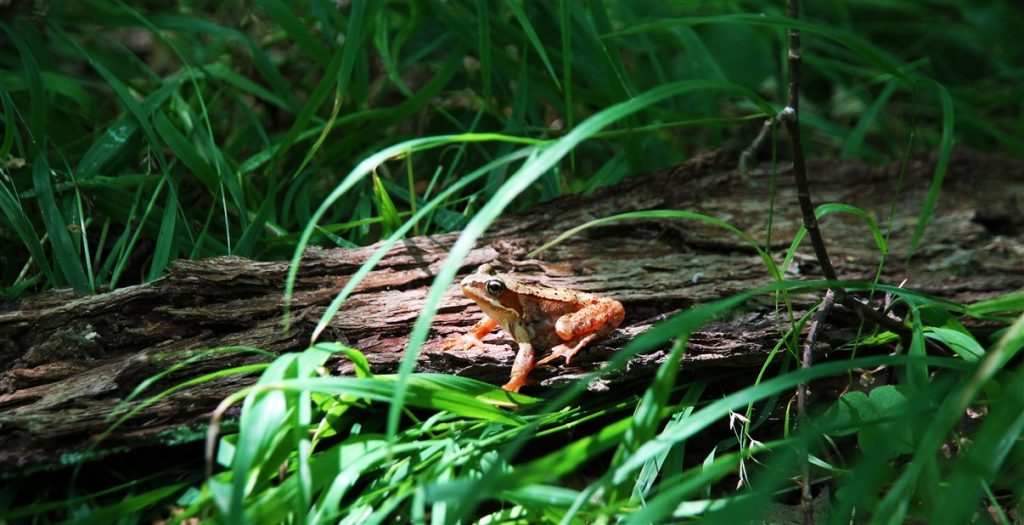
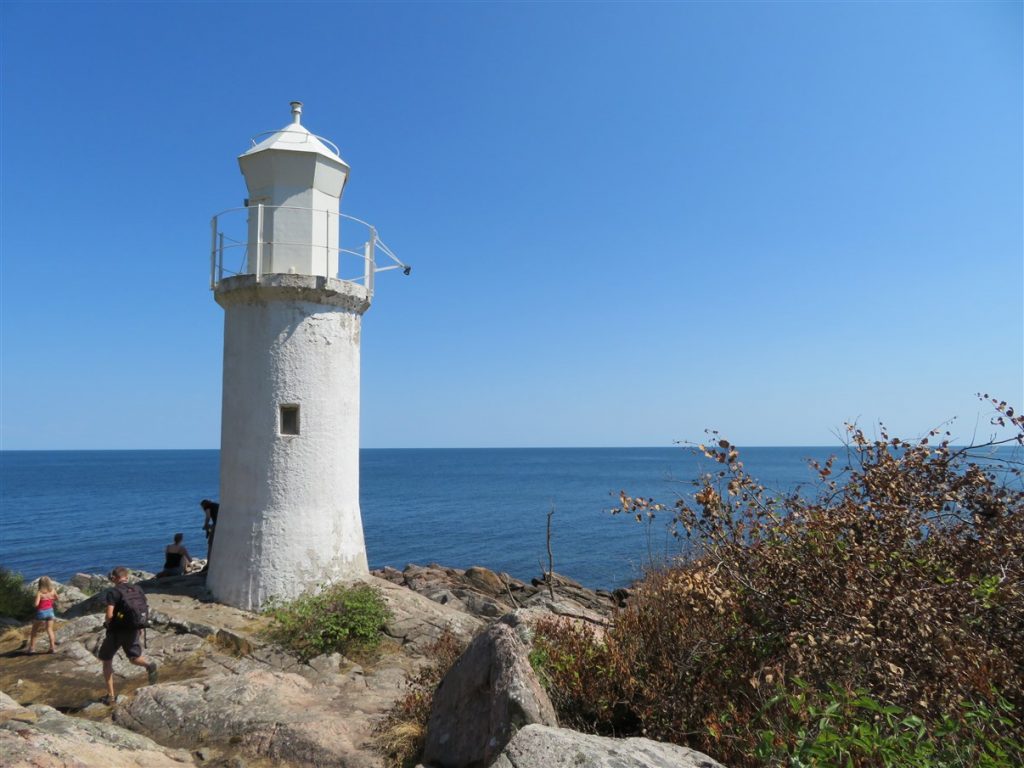
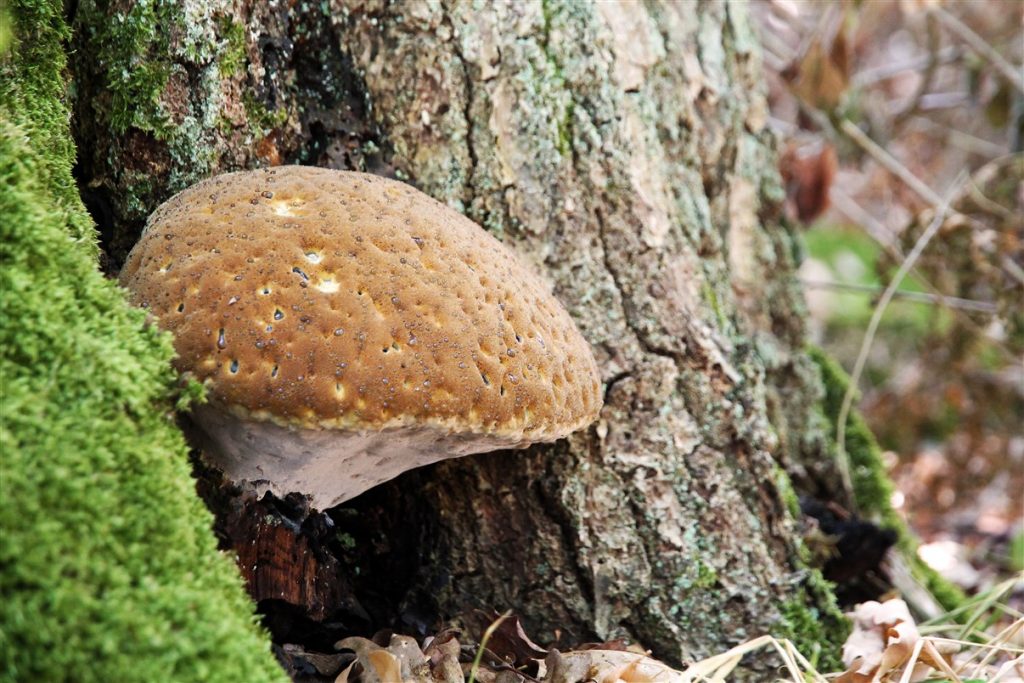
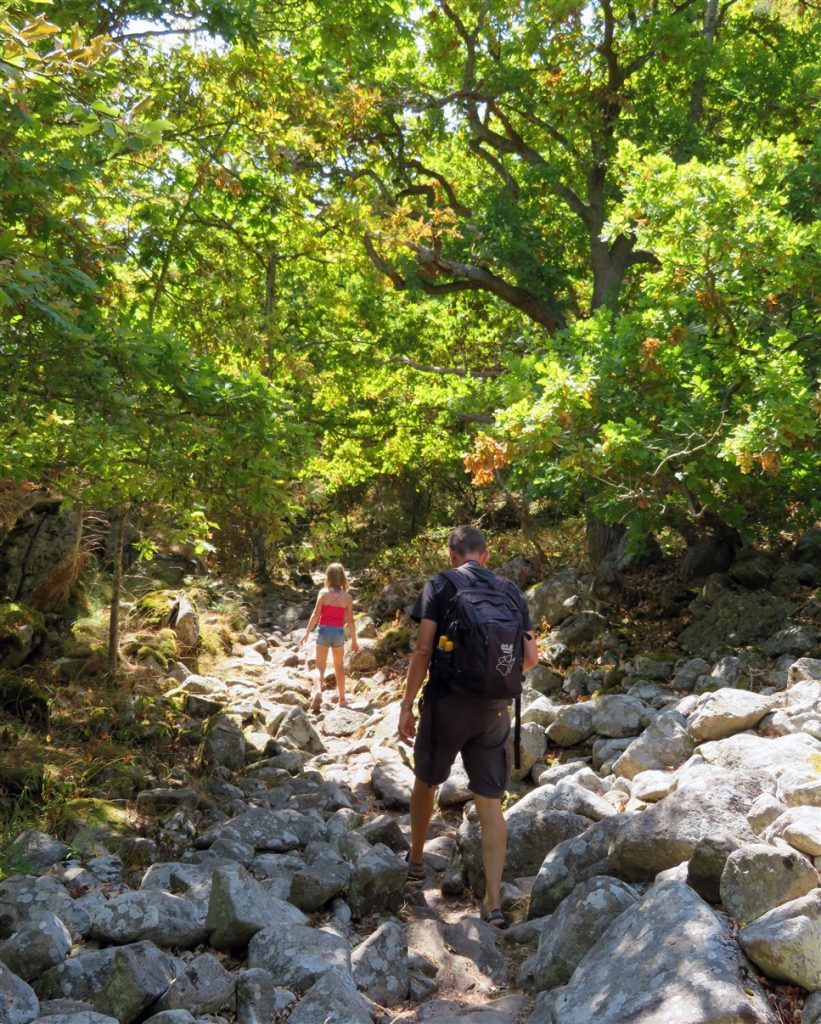
Obviously, the beach that is situated within the borders of the national park is a big plus for those adventurous families that visit Stenshuvud. It can also be accessed from a nearby car park, but even though it was quite crowded, it definitely was a pleasant experience. We brought our own lunch for a seaside picnic, and enjoyed a bit of sun and sea for a few hours before heading back to our car. There is a Naturum (visitor centre annex nature information centre) near the beach which really is interesting and worth visiting, especially with kids that are interested in nature.
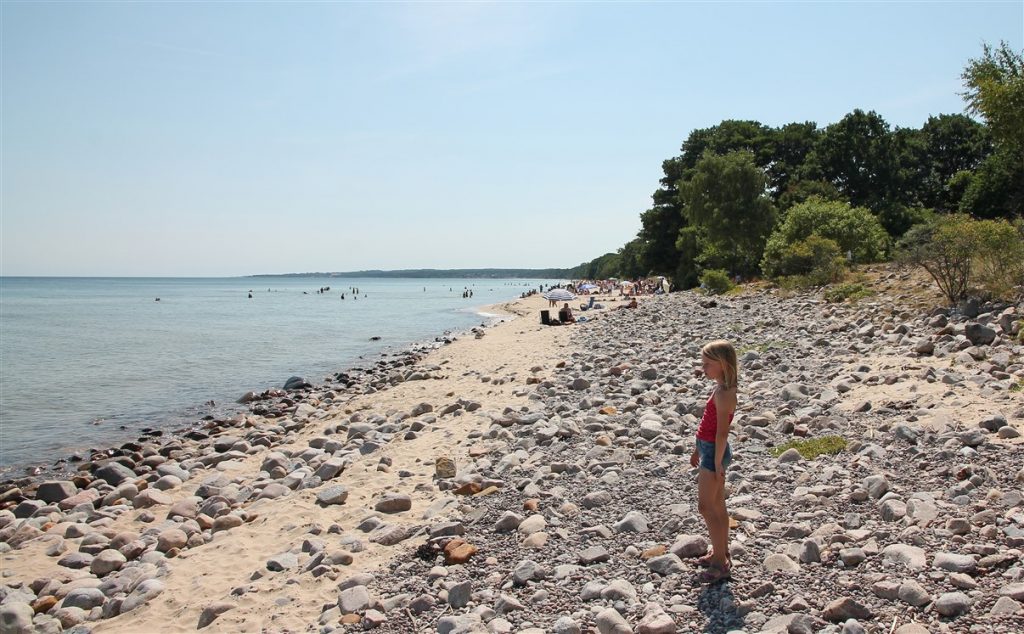
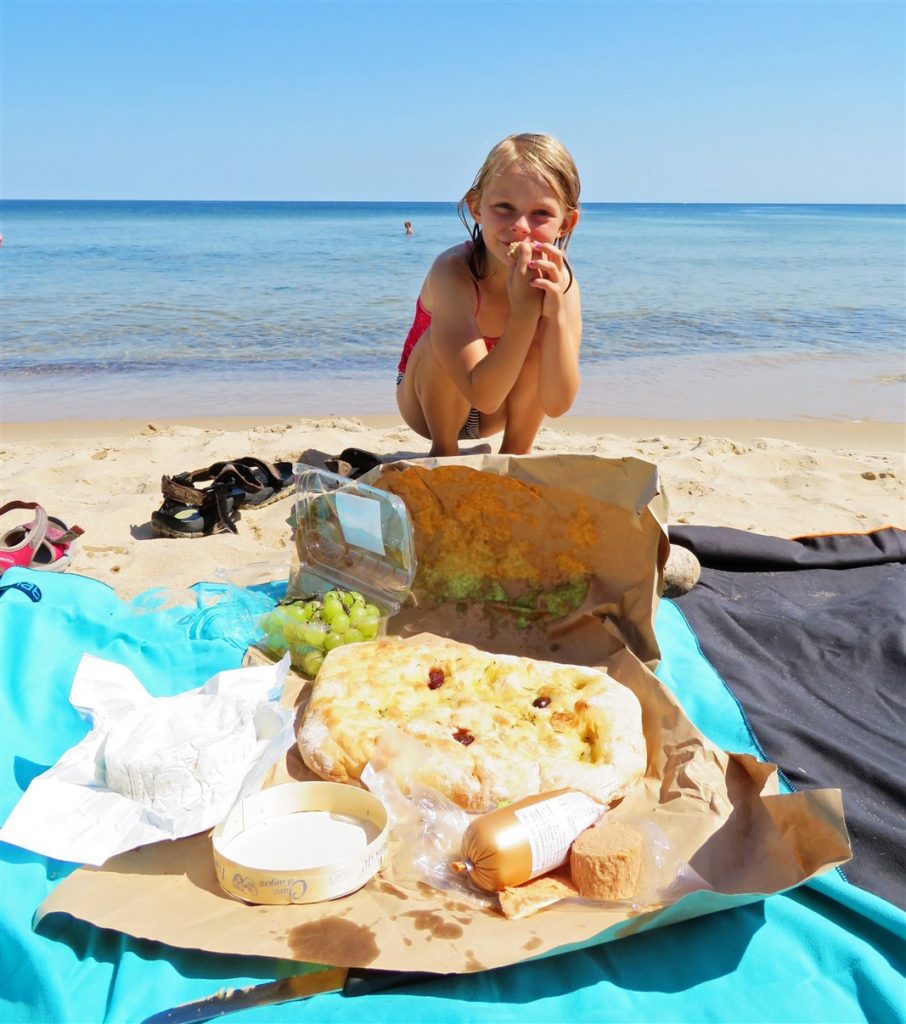
In conclusion, even though Stenshuvud isn’t as remote and “exotic” as some of the more northerly parks in Sweden, it really is a must-visit for anyone that enjoys nature, wildlife, plant life, hiking and some beach-time…
